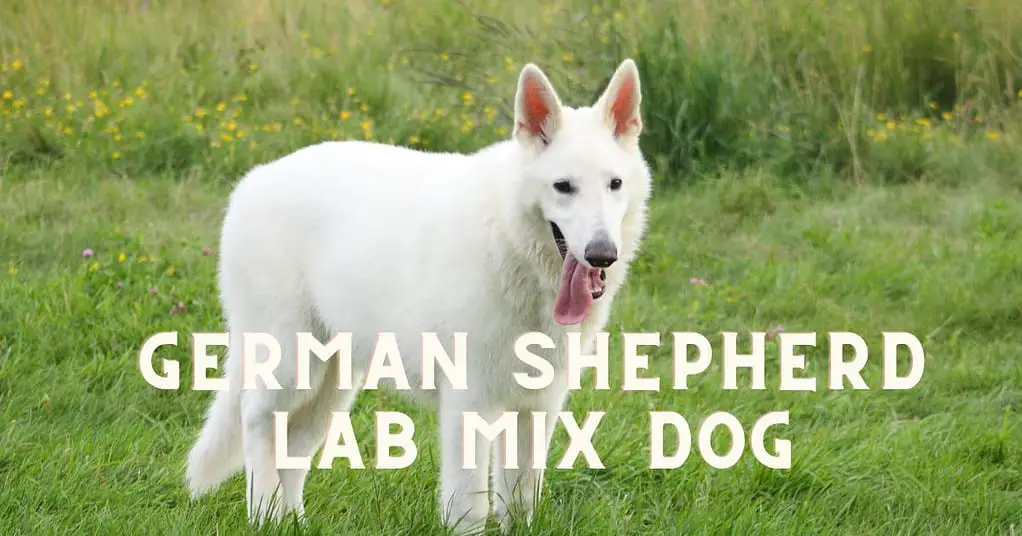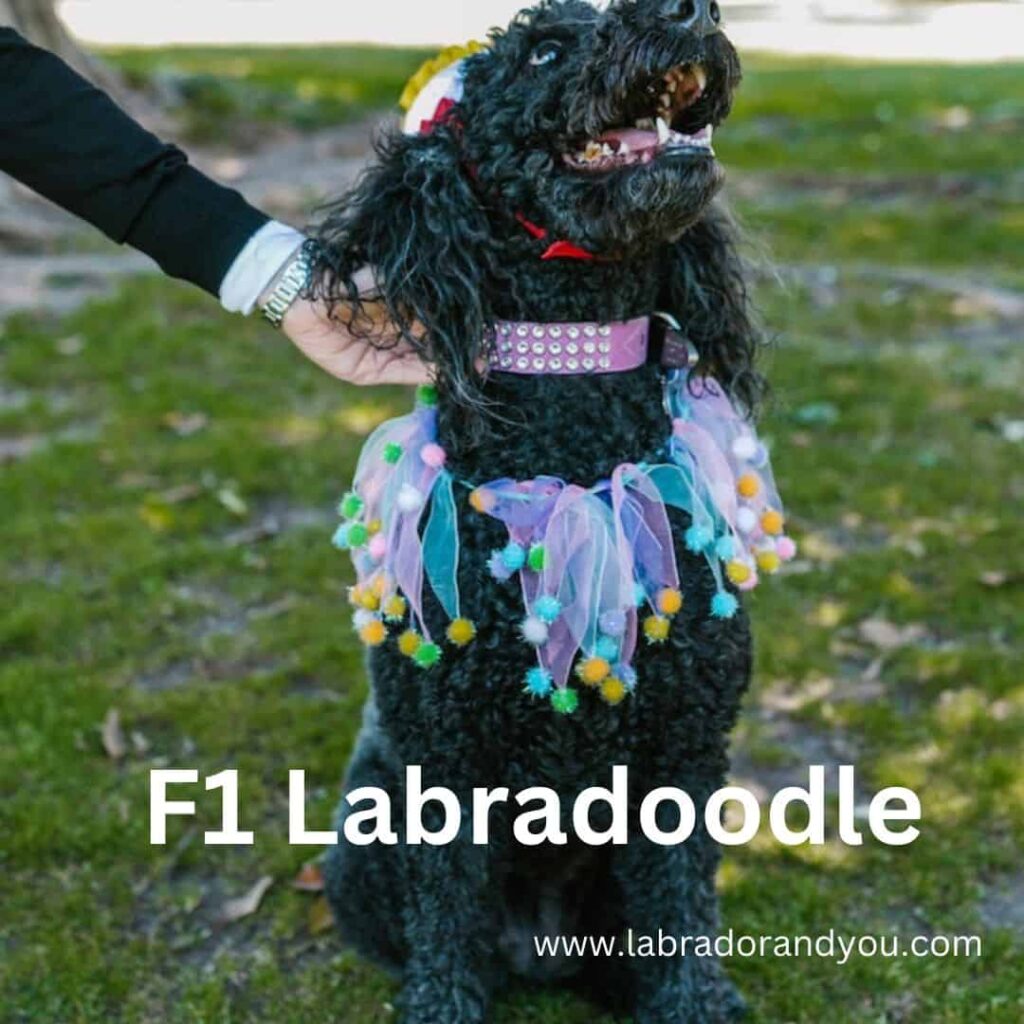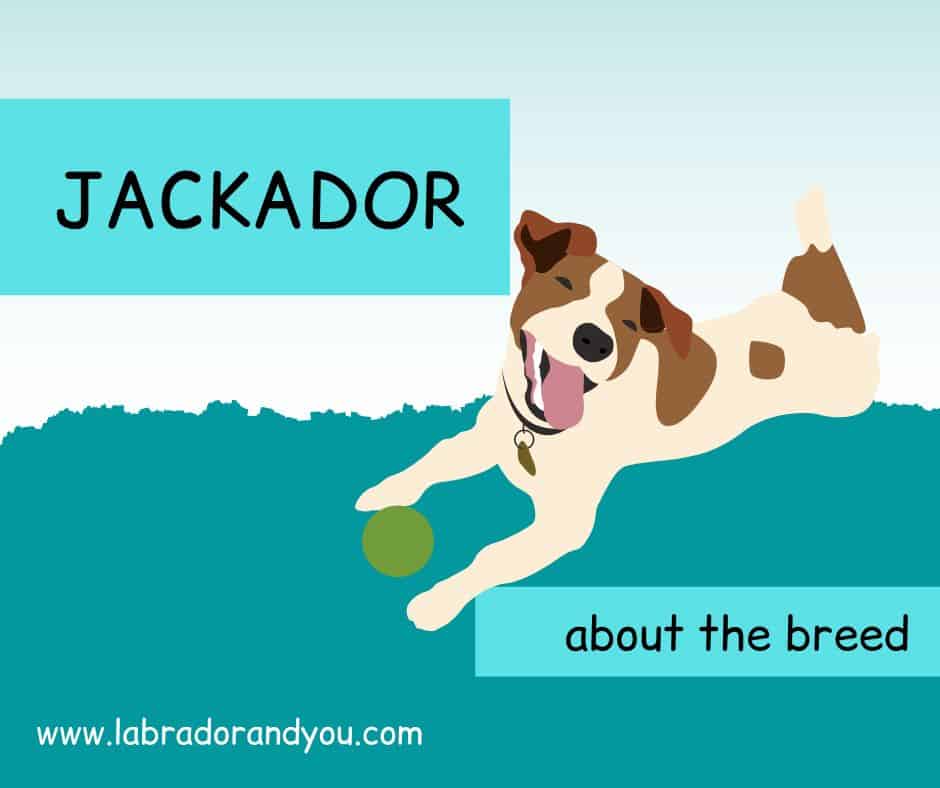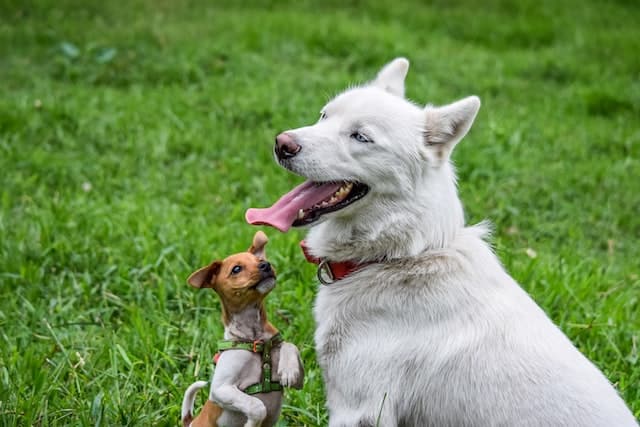In my professional opinion as a dog breed expert, the Australian Labradoodle has proven itself to be one of the best designer dog breeds developed in recent decades. By thoughtfully crossing the non-shedding, hypoallergenic Poodle with the famously family-friendly Labrador Retriever, Australian breeders have successfully produced a dog with the perfect combination of a tractable temperament and a low-dander coat.
Both pet owners and training professionals praise this breed’s intelligence, moderate energy, and eagerness to please. For families seeking a friendly, non-shedding dog bred especially for service and companionship, I highly recommend considering the Australian Labradoodle.
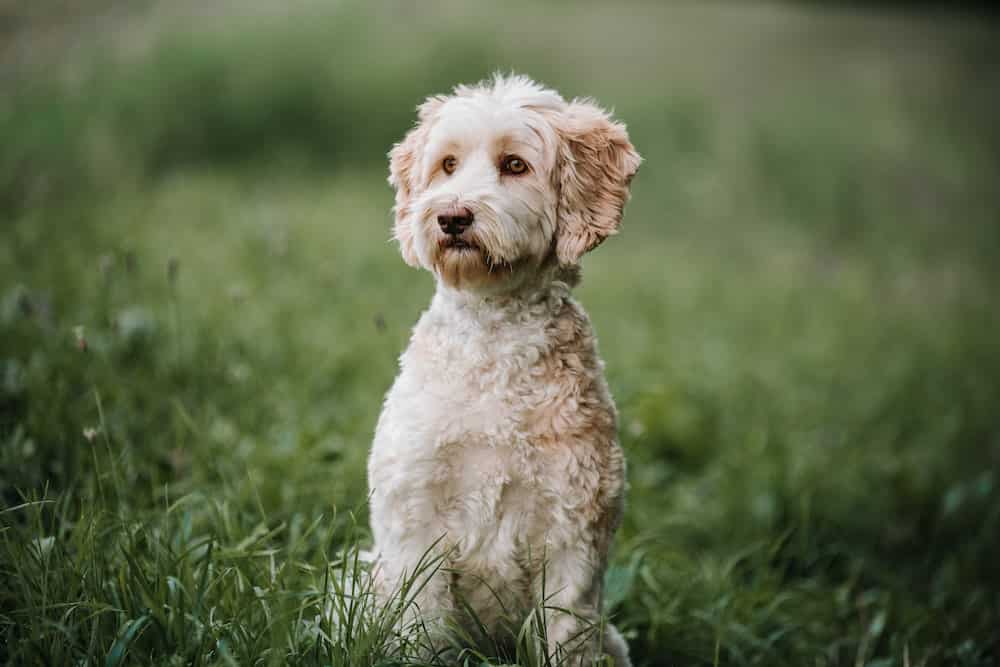
Australian Labradoodles History
Wally Conron of Royal Guide Dogs began breeding Australian Labradoodles in the 1980s, crossing Labrador Retrievers, Standard Poodles, and Australian Shepherds.
History Of Australian Labradoodles: Breed standard
The Australian Labradoodle is a unique breed with fascinating origins dating back to the 1980s. Its inception was driven by the desire for non-shedding guide dogs, resulting in a cross between the Labrador Retriever, Standard Poodle, and Australian Shepherd.
Initially focusing on first-generation crosses between Labrador Retrievers and standard Poodles, it soon became apparent that additional breeding efforts were needed to achieve consistent conformation and temperament.
As such, other breeds, such as Cocker Spaniel and English Cocker Spaniel, were included in select breeding programs to refine further the traits desired in an allergy-friendly guide dog.
Today’s Australian Labradoodles boast high intelligence and unwavering loyalty, making them great companions as service dogs and within family homes.
Differences Between Australian Labradoodles And Labradoodles
The differences between Australian Labradoodles and other generations of Labradoodles are essential when choosing the perfect companion for you and your family. Here is a table comparing their key features:
| Features | Australian Labradoodle | Labradoodle |
|---|---|---|
| Origin | Developed in Australia in the 1980s by Wally Conron | Initially bred in the United States and the United Kingdom |
| Breed Mix | Cross between Labrador Retriever, Standard Poodle, and Australian Shepherd | Cross between Labrador Retriever and Poodle |
| Temperament | Similar to Australian Labradoodle, but can vary due to differences in Breed Mix | Can vary greatly depending on the size of the Poodle’s parent |
| Size | Range from 14 to 24 inches tall and weigh between 15 and 65 pounds | Can vary greatly depending on the size of the Poodle parent |
| Coat Type | Straight, wavy, or curly; low to non-shedding | Wavy or curly, but shedding may vary |
| Recognition | Not yet a recognized breed, but gaining popularity | Also not yet a recognized breed, but more well-known |
Australian Labradoodle Breeds
Australian Labradoodles are a fascinating blend of three popular breeds: the Labrador Retriever, the Standard Poodle, and the Australian Shepherd. This versatile mix has various sizes and coat types, making it suitable for various lifestyles.
The hybrid’s size can vary from 14 to 24 inches tall and weigh between 15 and 65 pounds. The breed’s development started in Victoria, Australia, during the 1980s under Wally Conron’s guidance at Royal Guide Dogs.
Since then, their popularity has continued growing as they are excellent family pets and service dogs alike due to their amiable temperament and intelligence.
From providing companionship for those with allergies to working alongside people with disabilities, Australian Labradoodles have proven themselves time after time as loyal friends equipped for every situation.

What Are The Benefits Of Choosing An Australian Labradoodle?
Australian Labradoodles are an excellent choice as they exhibit gentle and loyal temperament, require moderate exercise, and have low to non-shedding coats.
Temperament And Personality Traits
The Australian Labradoodle is a popular breed known for its unique combination of traits from its parent breeds: the Labrador Retriever, Poodle, and in some cases, other breeds like the Irish Water Spaniel or American/English Cocker Spaniel. Here are some common temperament and personality traits of Australian Labradoodles:
Friendly and Affectionate:
Australian Labradoodles are known for their friendly nature and love for people. They get along well with adults, children, and other animals, making them excellent family pets.
Intelligent:
Given their Poodle lineage, Australian Labradoodles are quite intelligent and tend to learn quickly. This makes them relatively easy to train, though they can also be stubborn sometimes.
Active and Energetic:
Australian Labradoodles are an active breed that requires regular exercise. They love to play, run, and swim and typically excel in activities like fetch, agility training, and even some service roles.
Social:
These dogs are very social and thrive around their family members. They don’t do well when left alone for extended periods and may become anxious or exhibit destructive behaviors.
Adaptable:
Australian Labradoodles adapt well to various living situations, including apartments, if they exercise enough. They also tend to do well in different climates.
Low-Shedding and Hypoallergenic:
While no dog is 100% hypoallergenic, Australian Labradoodles are often suitable for people with allergies, thanks to their Poodle heritage. Their coats shed less and produce fewer allergens than many other breeds.
Good Natured and Cheerful:
Australian Labradoodles are known for their cheerful disposition. They are generally good-natured, upbeat, and eager to please, making them delightful companions.

Exercise
As a crossbreed of highly active parent breeds, the Australian Labradoodle is an energetic and active dog breed that requires regular exercise to maintain health and happiness.
Here’s a suggested exercise routine for an Australian Labradoodle that caters to the breed’s energetic, intelligent, and social nature. This is designed for a healthy adult dog; adjustments may be needed based on age, health, and temperament.
Morning
- Start the day with a brisk 30-minute walk or jog. This will allow your Australian Labradoodle to explore and expend energy first thing in the morning. Feel free to extend this if your schedule allows.
- Once back home, engage in a 15-minute obedience training session. This provides mental stimulation and strengthens your bond and control over the dog. Make sure to include tricks that require mental and physical effort, like ‘roll over’, ‘fetch’, or ‘find the toy’.
Midday
- If possible, a midday 30-minute walk would be ideal. If you’re away at work and unable to provide this, consider hiring a dog walker or asking a neighbor.
- Following the walk, a 15-minute play session with a puzzle toy filled with treats can keep your dog occupied and mentally stimulated.
Afternoon
- Have a 30-minute play session in your backyard or inside the house if you have enough space. This could involve fetch, tug-of-war, or interactive toys.
- If your Labradoodle loves water and you have access to a safe body of water, consider substituting this play session with a swimming session once or twice a week.
Evening
- End the day with another 30-minute walk or jog. If your dog is very social, consider making this a visit to the local dog park for a playdate. Your Labradoodle will enjoy playing with other dogs, and this will help with socialization.
- Once back home, wind down with another short training session or playtime with a chew toy for them to relax.
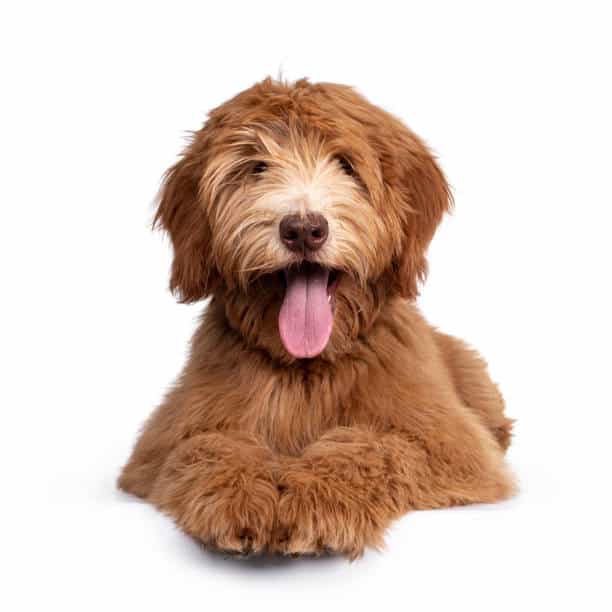
Health Considerations
One of the advantages of choosing an Australian Labradoodle is its relatively low risk for genetic health conditions. Since they are a mixed breed, their lineage comes from three different parent breeds, which helps reduce the likelihood of inheriting certain diseases.
Here are some of the health issues that you should be aware of if you have an Australian Labradoodle:
Hip and Elbow Dysplasia:
This is common in many larger dog breeds, including Labradors and Poodles. It is a developmental disorder where the joints do not form correctly, which can lead to pain and arthritis.
Eye Diseases:
Australian Labradoodles can be prone to certain eye conditions, such as progressive retinal atrophy (PRA), which can cause gradual blindness and cataracts.
Addison’s Disease:
Hypoadrenocorticism affects the dog’s adrenal glands and can lead to lethargy, vomiting, and weight loss.
Epilepsy:
Some Australian Labradoodles may be prone to epilepsy, which can cause seizures. While this condition can be managed with medication, it requires a proper diagnosis and regular vet visits.
Allergies:
Like many breeds, Australian Labradoodles can be prone to allergies, manifesting as skin irritation, itching, or gastrointestinal issues.
Gastric Dilation-Volvulus (GDV):
Also known as bloat, this serious and potentially life-threatening condition can affect large, deep-chested breeds. It causes the stomach to twist, trapping air and gases and causing the stomach to expand
Low To Non-Shedding Coats
One of the most desirable traits of an Australian Labradoodle is its low-to-non-shedding coats. This characteristic not only makes them the perfect canine companion for allergy sufferers, but it also requires less maintenance.
The fleece and wool textured coat types are highly sought after by pet owners due to their soft texture and hypoallergenic qualities. However, grooming is essential to ensure a healthy coat and prevent matting.
Regular brushing with professional groomer visits every few months will keep your Australian Labradoodle’s coat in excellent condition.
How To Care For Your Australian Labradoodle breed?
Regular grooming is important to ensure your Australian Labradoodle is healthy and happy, depending on their coat type, including professional grooming every few months for those with wool or curly coat.
Grooming And Coat Types
Australian Labradoodles have a coat that varies from straight, wavy to curly and comes in different textures such as wool or fleece coat. They are considered low to non-shedding dogs, making them great for allergy sufferers.
- However, their coats do require regular grooming to prevent matting and tangling.
- Grooming should include brushing their coat at least twice a week using a slicker brush or comb and clipping their hair every six weeks by a professional groomer.
- Also, maintaining healthy ears is vital for the breed as they can be prone to ear infections if not properly cleaned weekly using cotton balls and dog-specific ear cleaners.
Even though proper grooming is key, it only needs a little attention compared to high-maintenance dog breeds like Afghans that require daily misting of the hair between baths.
Training Techniques For These Active Dogs
Training is crucial for any dog breed, and Australian Labradoodles are no exception. Here are some training techniques and positive reinforcement tips for your furry friend:
- Start training your Australian Labradoodle at a young age to help them understand what is expected of them as they grow.
- Use positive reinforcement techniques such as treats, praise, and playtime to reward good behavior rather than punishment for bad behavior.
- Consistency is critical when it comes to training your Australian Labradoodle. Please ensure everyone in the family knows the commands and uses the same tone of voice and words when giving them.
- Consider enrolling your Australian Labradoodle in obedience classes or working with a professional trainer to enhance their training.
- Keep training sessions short, fun, and engaging so your dog can stay energized and energized.
- Reward good behavior immediately after it happens so your dog associates the reward with the action.
- Incorporate mental stimulation activities into your Australian Labradoodle’s routine, like puzzle toys or scent games, to keep their mind sharp and focused.
- Reinforce commands in different locations and situations to help your dog generalize their understanding of them beyond just one setting.
Food And Nutrition: Dog’s diet
The Australian Labradoodle is an active dog and requires a balanced diet to stay healthy. Feeding them high-quality dry kibble with protein-rich meat as the primary ingredient is recommended.
Like all dogs, Australian Labradoodles require a balanced diet to stay healthy. However, as a hybrid breed, they may have specific dietary requirements linked to their parent breeds (Labrador Retriever and Poodle). Here are some general guidelines for feeding an Australian Labradoodle:
Puppy Stage (up to 1 year old):
It’s best to feed a high-quality puppy food specially formulated to support growth and development. It should be rich in protein to support muscle development and have a balanced proportion of carbohydrates, fats, vitamins, and minerals. Puppies are usually fed three to four times a day.
Adult Stage (1-7 years old):
Adult Australian Labradoodles should be fed high-quality adult dog food. Protein should still be a primary ingredient, but the overall caloric content may be less than that of puppy food to prevent unnecessary weight gain. Adult dogs are typically fed twice a day.
Senior Stage (7+ years old):
At this stage, dogs may require a diet tailored to their decreased activity levels and potential health issues. Senior dog foods often have fewer calories but are still nutrient-dense. Additionally, they may have supplements like glucosamine for joint health.
Portion Size:
The amount of food an Australian Labradoodle needs can depend on size, age, activity level, and metabolism. Generally, they’ll need anywhere from 1.5 to 2.5 cups of dry food per day, divided into two meals. Always check the feeding guidelines on your dog food package.

How much do Australian Labradoodle dog breeds cost?
An Australian Labradoodle can range from $2,000 to $3,500, depending on the breeder and location. These dogs are bred for specific traits such as temperament and non-shedding coats.
Their history as guide dogs also means they have been selectively bred for their intelligence and training potential. Aside from the upfront cost of purchasing an Australian Labradoodle puppy, there are additional costs, such as food and grooming expenses.
How do most Australian Labradoodles behave with family?
Australian Labradoodles are highly adaptable and fit for families of all types. Their lively temperament makes them perfect for active people who love to engage in physical activities. Still, they also make great couch potatoes seeking company on lazy afternoons.
They get along beautifully with children and other dogs. This breed demands attention and mental stimulation regularly to avoid boredom. Providing interactive toys and games will strengthen the bond between the owner and pet while keeping the dog happy.
The Australian Labradoodle’s easy-going nature makes it easy to train obedience commands using positive reinforcement techniques like treats or praise rather than negative punishment methods.
Barking Habits
Australian Labradoodles are generally not excessive barkers. While they may bark to alert their owners of someone at the door or unfamiliar noises, they are not known for constantly barking without reason.
Australian Labradoodles can develop bad habits if untrained or unstimulated, like all dogs.
Avoid using punishment-based training methods, which can lead to more anxiety and fear in your smart dog. Positive reinforcement techniques like praise, treats, and clicker training work best when teaching them new commands or discouraging certain behaviors.
Intelligence And Trainability
Australian Labradoodles are exceptional when it comes to intelligence and trainability. This breed is naturally curious, eager to please, and incredibly receptive to obedience training.
Australian Labradoodle puppies start learning simple commands from a young age quickly. These dogs thrive on mental stimulation; regular positive reinforcement can help keep their minds engaged in training sessions.
With consistency and patience during obedience training, Australian Labradoodles quickly learn new commands like sit or stay and exhibit excellent behavior even without a leash.
Cuddliness
Australian Labradoodles are well-known for their cuddly nature. They love nothing more than curling up with their humans on the couch or in bed and getting the attention they crave.
One of the reasons why Australian Labradoodles are so cuddly is due to their friendly temperament. They are social dogs that thrive on human interaction and attention, making them perfect sofa companions. Their soft coats also make them irresistible snuggle buddies.
Who Should Get An Australian Labradoodle?
Australian Labradoodles are ideal for those who want a furry, affectionate, loyal, and low-shedding friend. They are especially great for families with children as they have a gentle nature and love to play.
If you suffer from allergies but want a dog, the Australian Labradoodle is perfect because they don’t shed much hair.
Finally, if you’re looking for a service dog or companion animal, look no further than the Australian Labradoodle. This breed was first created to serve as guide dogs for visually impaired individuals due to their non-shedding coat type and ability to be trained easily.
Do Australian Labradoodles have any potential health issues?
As with all breeds, some potential health issues are associated with this breed, including hip dysplasia, progressive retinal atrophy (PRA), which can lead to blindness over time, and other genetic conditions.
However – most responsible breeders take care in selecting healthy dogs for breeding programs & offer certifications from organizations such as OFA (Orthopedic Foundation For Animals) & CERF (Canine Eye Registry Foundation).
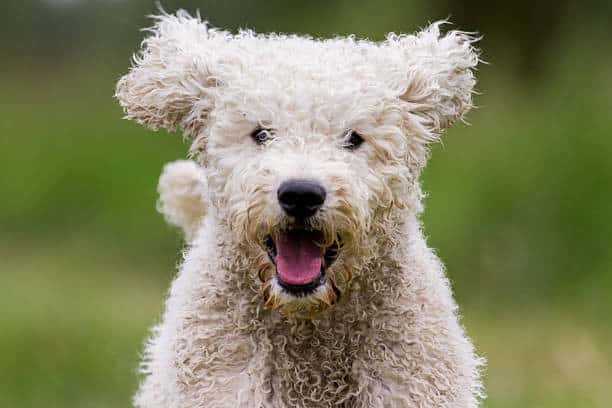
Australian labradoodle breeders
| Breeder Name | Website | Contact Information |
|---|---|---|
| Love A Labradoodle | Link | Phone: 951-295-9393 |
| Magnolia Australian Labradoodles | Link | Phone: 419-571-6471 |
| Bull Valley Australian Labradoodle | Link | Email: bvdoodles@gmail.com |
| Monarch Australian Labradoodle | Link | Not Provided |
| Napa Valley Australian Labradoodle | Link | Not Provided |
| Rosebud Labradoodle California | Link | Not Provided |
FAQ
What is special about an Australian Labradoodle?
The Australian Labradoodle is a cross between a Labrador Retriever and a Poodle and includes the English or American Cocker Spaniel in its lineage. This results in a highly intelligent, sociable, and versatile breed with a hypoallergenic and low-shedding coat, making them excellent family pets, therapy dogs, and assistance dogs.
What is an Australian Labradoodle a mix of?
An Australian Labradoodle mixes three breeds: the Labrador Retriever, the Poodle (standard, miniature, or toy), and the English or American Cocker Spaniel.
What is the difference between an Australian Labradoodle and an Aussie Doodle?
An Australian Labradoodle and an Aussie Doodle are different breeds. An Australian Labradoodle is a mix of a Labrador Retriever, Poodle, and Cocker Spaniel. An Aussie Doodle, on the other hand, is a cross between an Australian Shepherd and a Poodle. Thus, each breed has different traits and characteristics linked to its unique lineage.
Why are they called Australian Labradoodles?
“Australian Labradoodle” originates from the breed’s development in Australia. In Australia, breeders introduced the Cocker Spaniel into the Labrador-Poodle mix to add desirable traits.
Do Australian Labradoodles shed?
While no dog is 100% hypoallergenic, these friendly dogs are the best examples of them. Perfect for human families prone to allergies
Author Profile

- Lifetime dog Enthusiast
- Shradha is a seasoned writer at Labradorandyou.com, an authoritative resource for all things Labrador Retriever. Her experience as a pet owner and dog enthusiast drives her to create meticulously researched and fact-checked content, offering valuable insights on Labrador training, grooming, and health. Each article reflects Shradha's passion and dedication, enriched by personal experiences with her beloved Labradors, Tom, and Kurt. Whether exploring breed-specific training techniques or providing product reviews, Shradha ensures Labrador owners receive the most accurate, up-to-date, and trustworthy information, aimed at enhancing their companions' health and happiness
Also by the author
 FAQNovember 17, 2023Old Dog Seizures: Causes, Symptoms, and Treatment Options
FAQNovember 17, 2023Old Dog Seizures: Causes, Symptoms, and Treatment Options FAQNovember 16, 2023Complete Dog Medicine Dosage Chart Declassified
FAQNovember 16, 2023Complete Dog Medicine Dosage Chart Declassified Lab-InfoNovember 13, 2023What Are The Red Flags When Adopting A Dog?
Lab-InfoNovember 13, 2023What Are The Red Flags When Adopting A Dog? FAQNovember 13, 2023Are Antlers Safe For Dogs? [ANSWERED]
FAQNovember 13, 2023Are Antlers Safe For Dogs? [ANSWERED]
